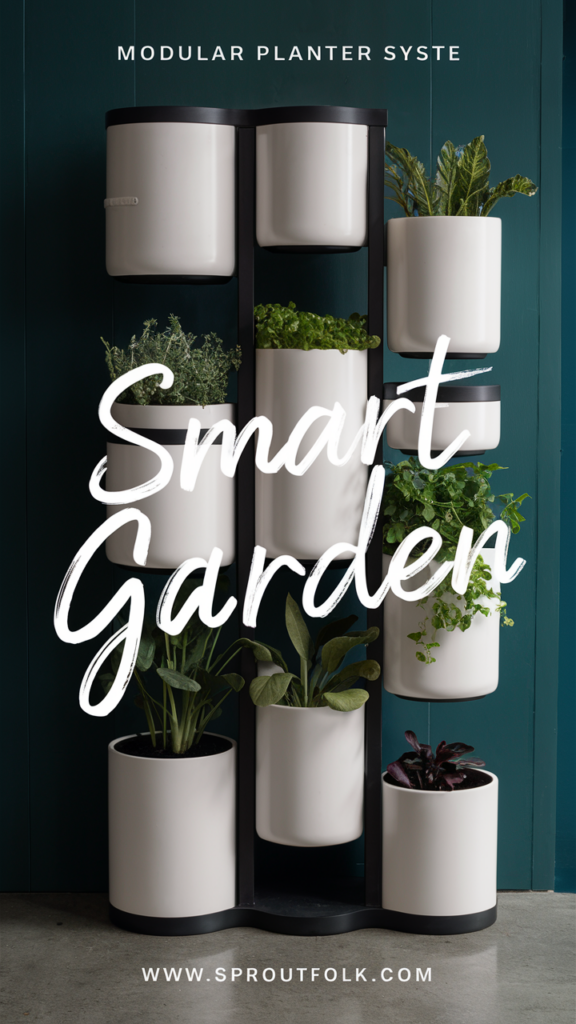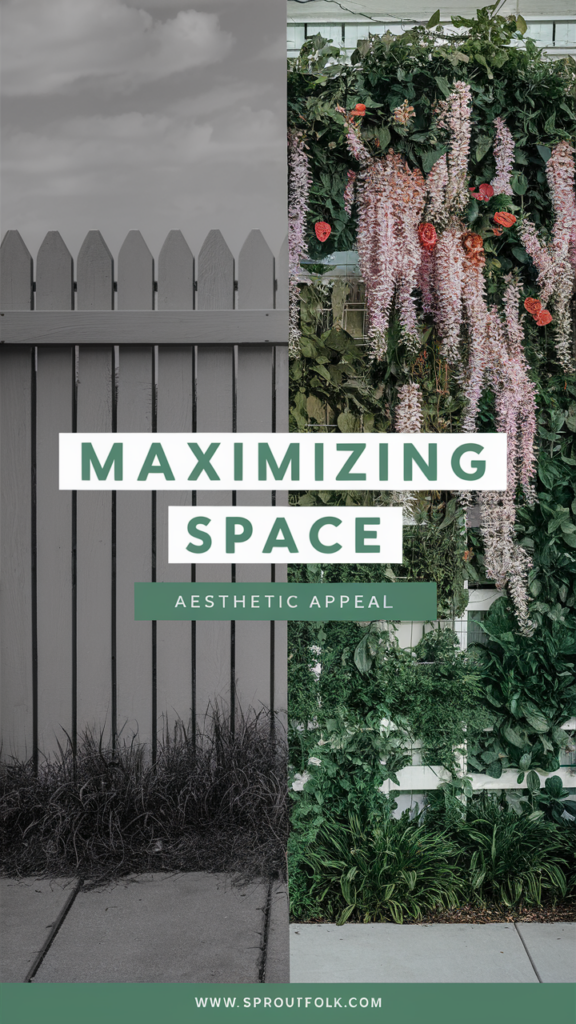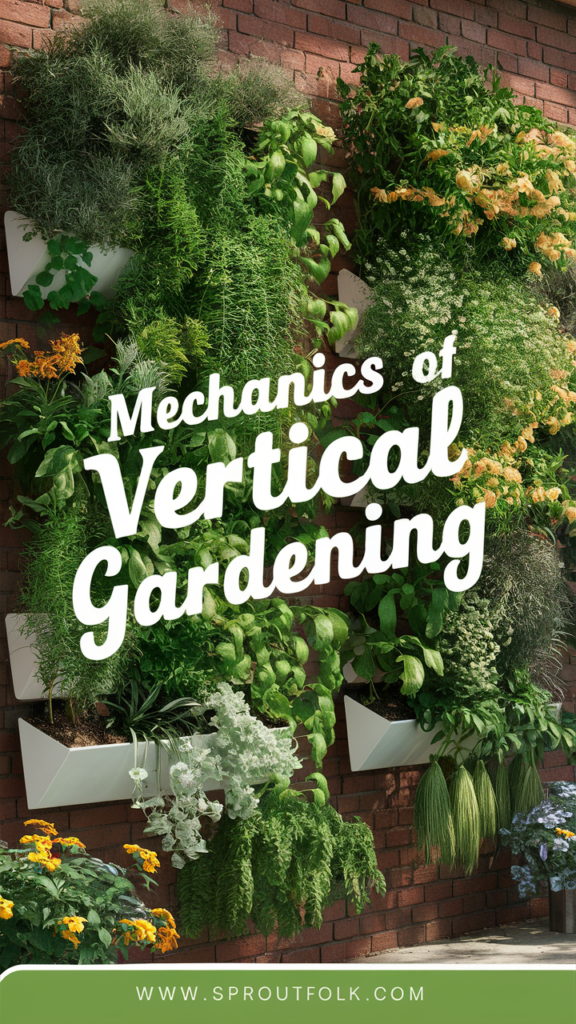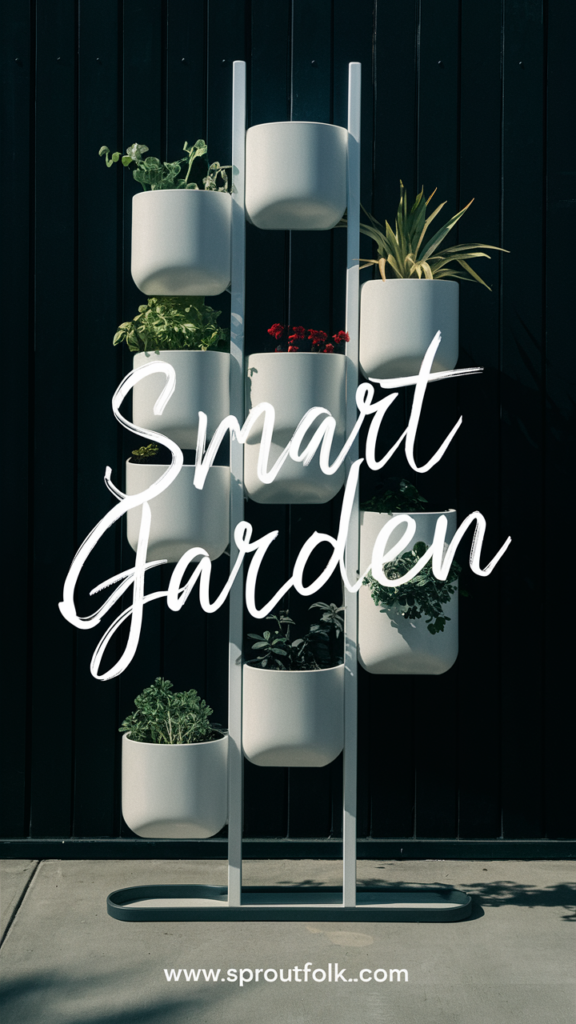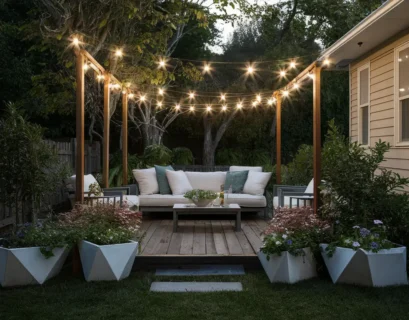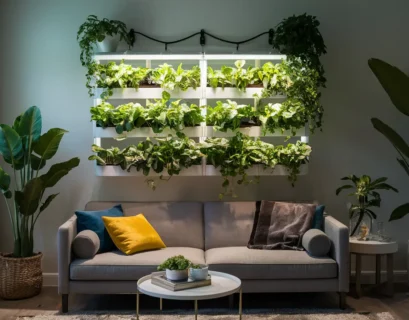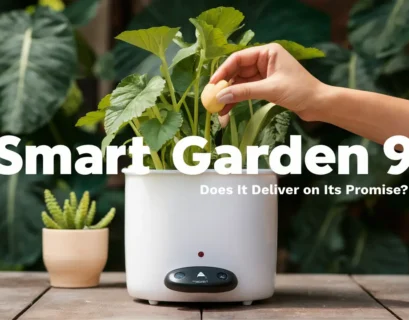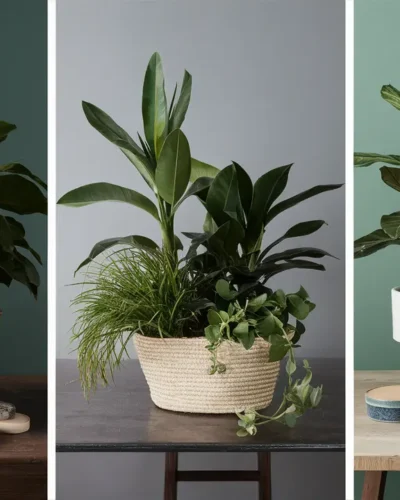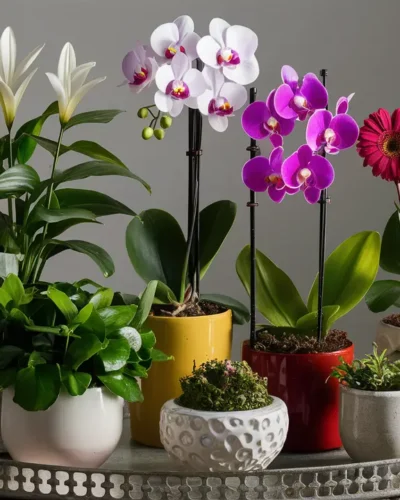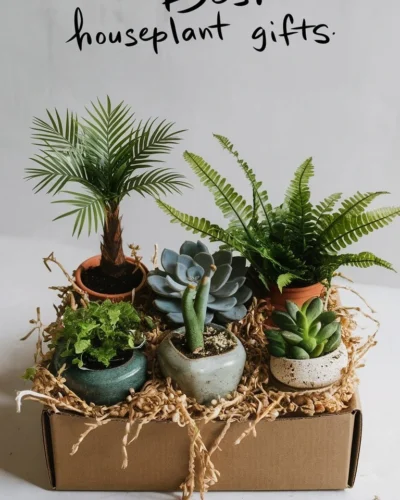Vertical gardening has captured the imagination of plant enthusiasts and urban dwellers alike, offering a creative solution to maximize greenery in limited spaces. But how exactly does vertical gardening work its magic? Let’s delve into the mechanics of this innovative gardening technique and uncover the secrets behind its success.
Understanding Vertical Gardening
At its core, vertical gardening is all about utilizing vertical space to grow plants upwards rather than outwards. By harnessing walls, fences, or specialized structures, gardeners can create stunning displays of greenery that defy traditional gardening norms.
The Role of Vertical Structures
Central to the concept of vertical gardening are the vertical structures that support the plants and provide the framework for their growth. These structures come in various forms, including:
Wall-mounted Planters:
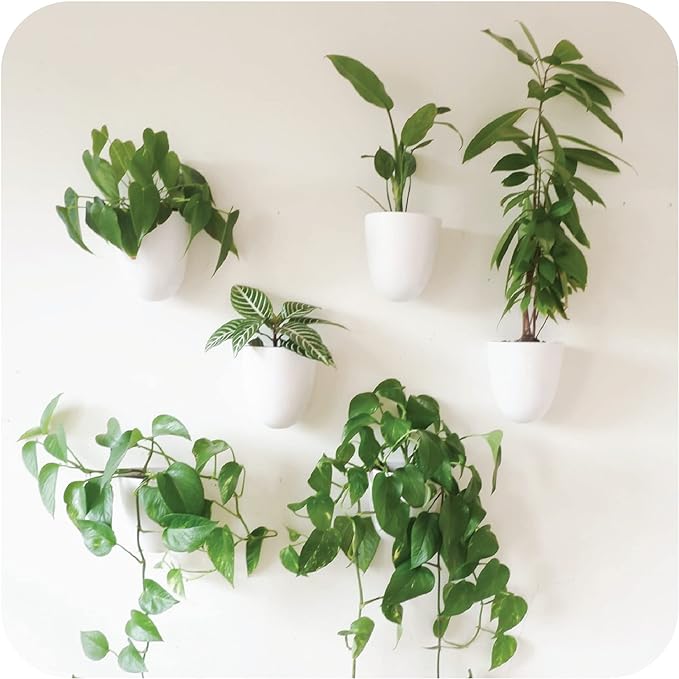
These are containers or pockets that can be attached directly to a wall, allowing plants to grow vertically without taking up valuable floor space.
Trellises and Arbors

Trellises and arbors provide vertical support for climbing plants such as vines, cucumbers, or tomatoes, allowing them to grow upwards and take advantage of vertical space.
Living Walls

Living walls, also known as green walls, are vertical gardens that are integrated into the architecture of a building or structure. They consist of a framework or panel system filled with soil or growing medium, where plants can be planted and grown vertically.
Maximizing Space and Aesthetic Appeal
One of the key advantages of vertical gardening is its ability to maximize space and add aesthetic appeal to indoor and outdoor environments. By going vertical, gardeners can transform bare walls or fences into lush green backdrops, creating visually stunning displays that enhance the overall ambiance of a space.
Innovative Solutions for Vertical Gardening in 2024
Innovation is at the heart of vertical gardening, and 2024 brings forth a treasure trove of groundbreaking solutions to elevate your gardening game. From modular vertical planters that allow for easy customization to hydroponic systems that thrive in compact environments, the options are as diverse as the plants themselves. With the right tools and a dash of creativity, you can create a vertical oasis that transcends traditional gardening norms.
The Mechanics Behind Vertical Gardening
1. Soil and Plant Selection
The key to success in creating a vertical garden lies in selecting the right soil and plants. It is advisable to choose lightweight soil mixes that drain well, providing adequate support for plant roots and allowing excess water to flow out easily. When choosing plants for a vertical garden, consider factors like sunlight requirements, water needs, and growth habits.
2. Irrigation and Watering Systems
Ensuring adequate irrigation is essential for the health and vitality of plants in a vertical garden. Depending on the size and complexity of the garden, various irrigation systems can be used, including drip irrigation, soaker hoses, or even automated irrigation systems equipped with timers or sensors.
The Bottom Line
Vertical gardening is more than just a gardening technique—it’s a creative endeavor that allows individuals to reimagine their living spaces and connect with nature in new and innovative ways. By understanding the mechanics behind vertical gardening and harnessing the power of vertical structures, gardeners can create breathtaking displays of greenery that inspire and delight. So whether you’re a seasoned gardener or a novice enthusiast, why not elevate your gardening game with a touch of vertical flair?
Explore more gardening tips and inspiration at SproutFolk.com
